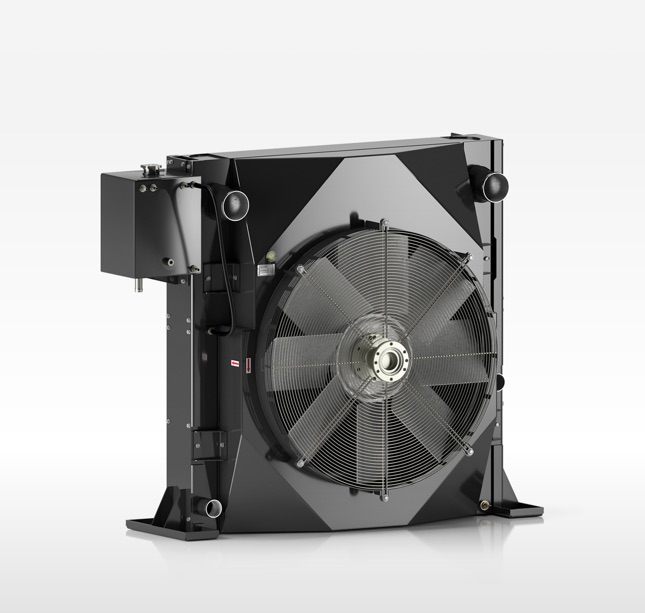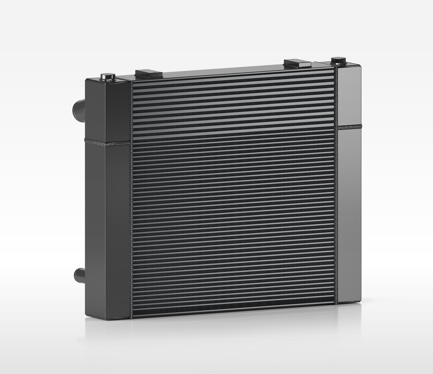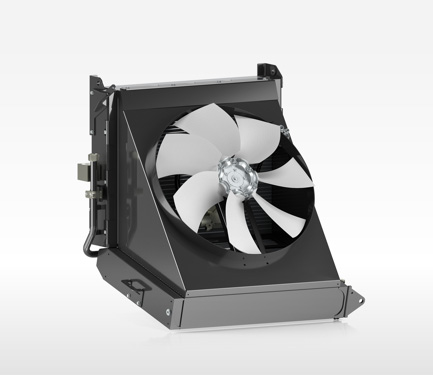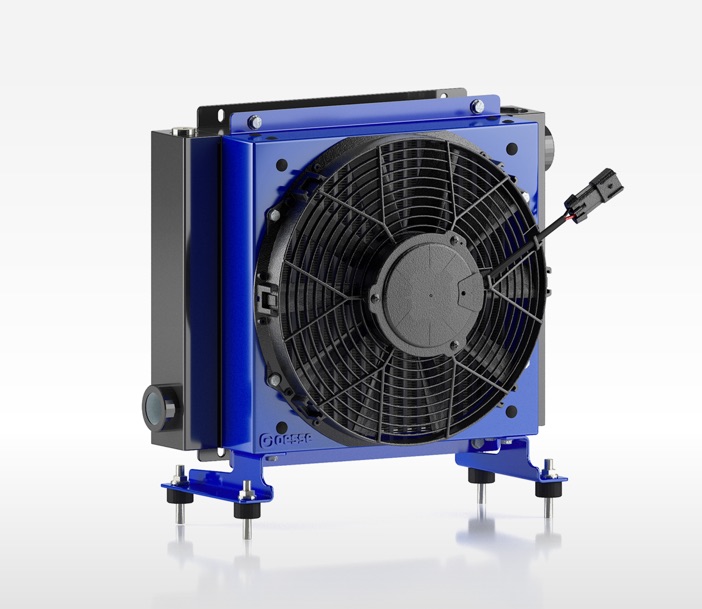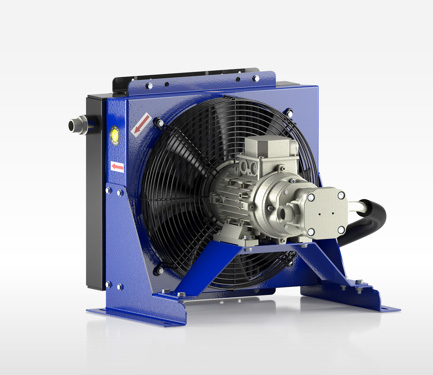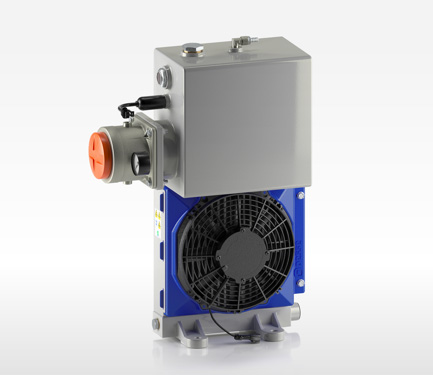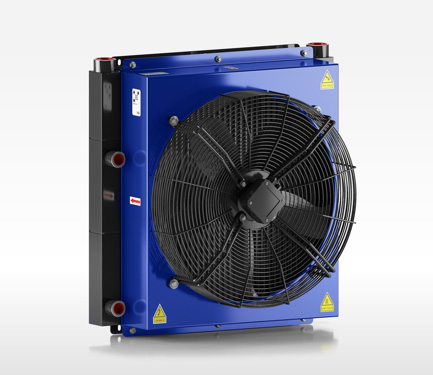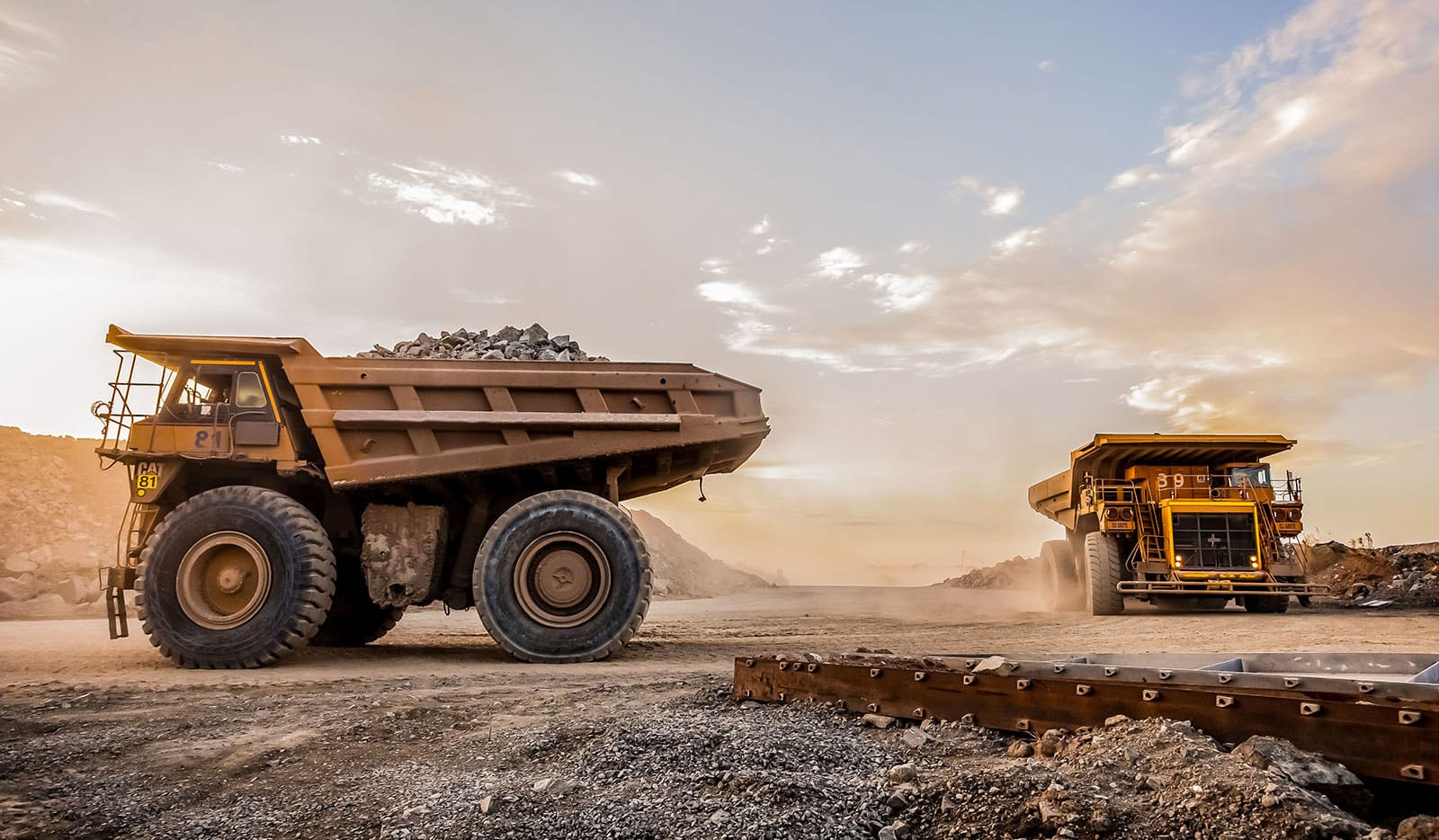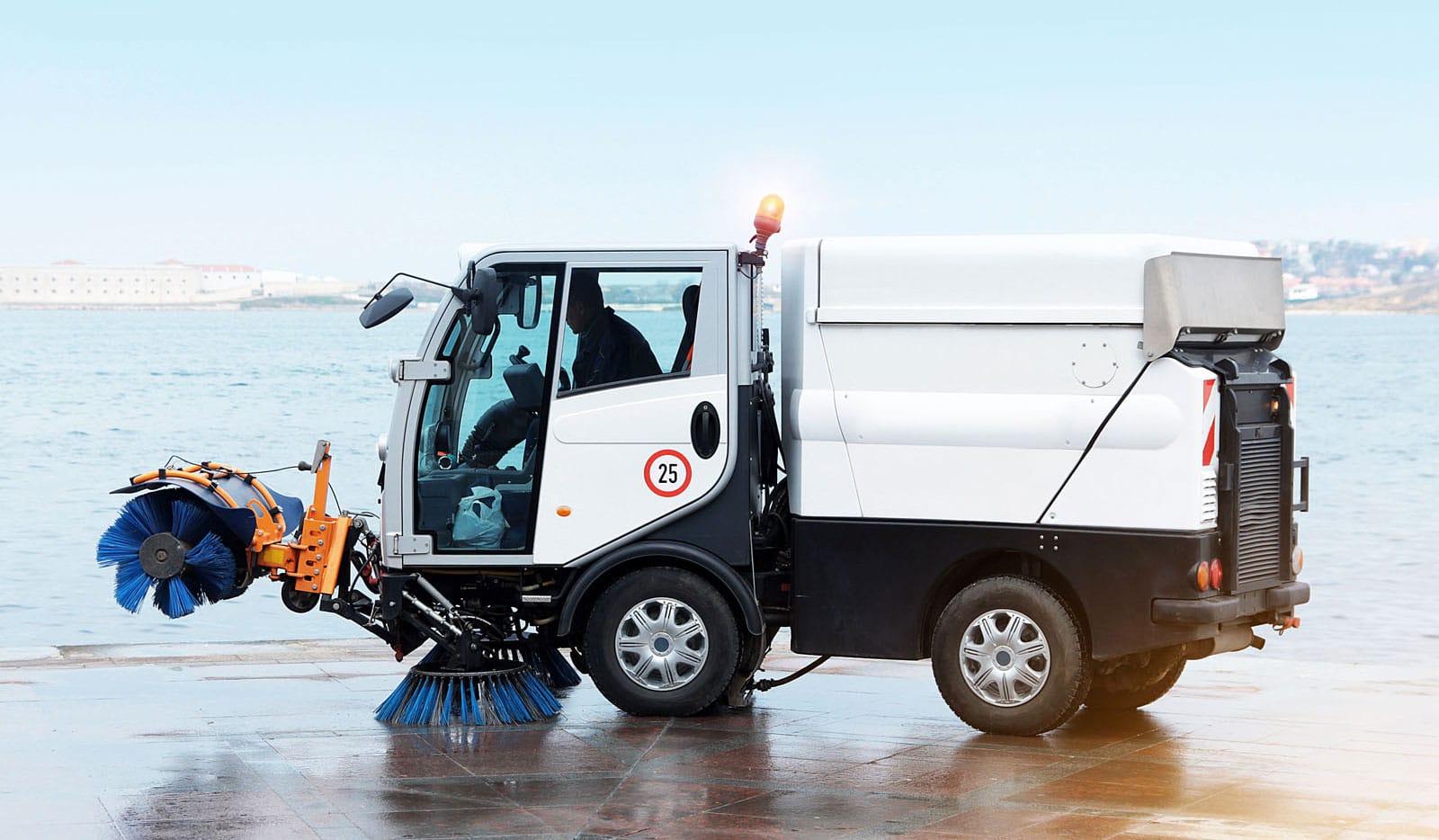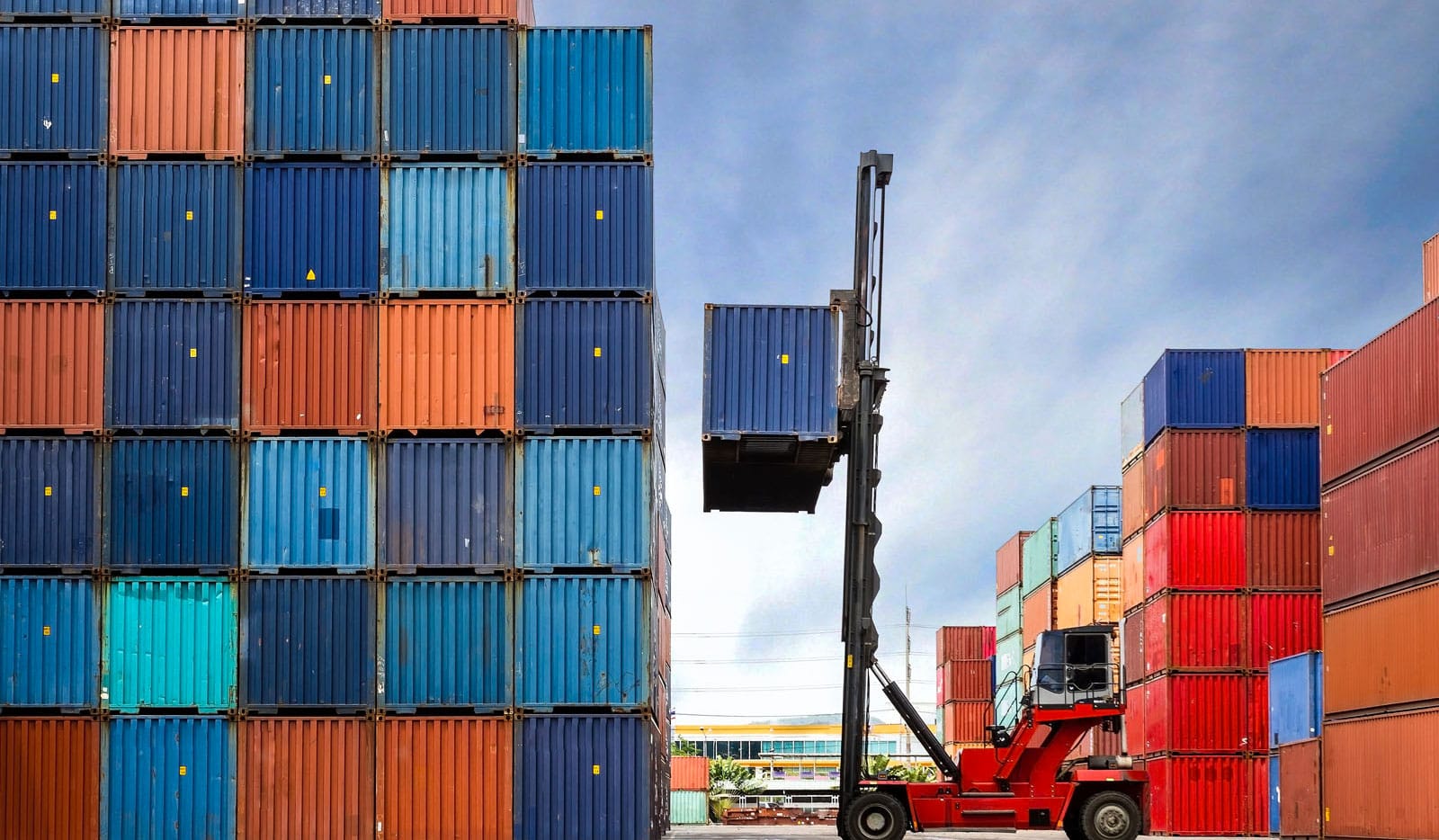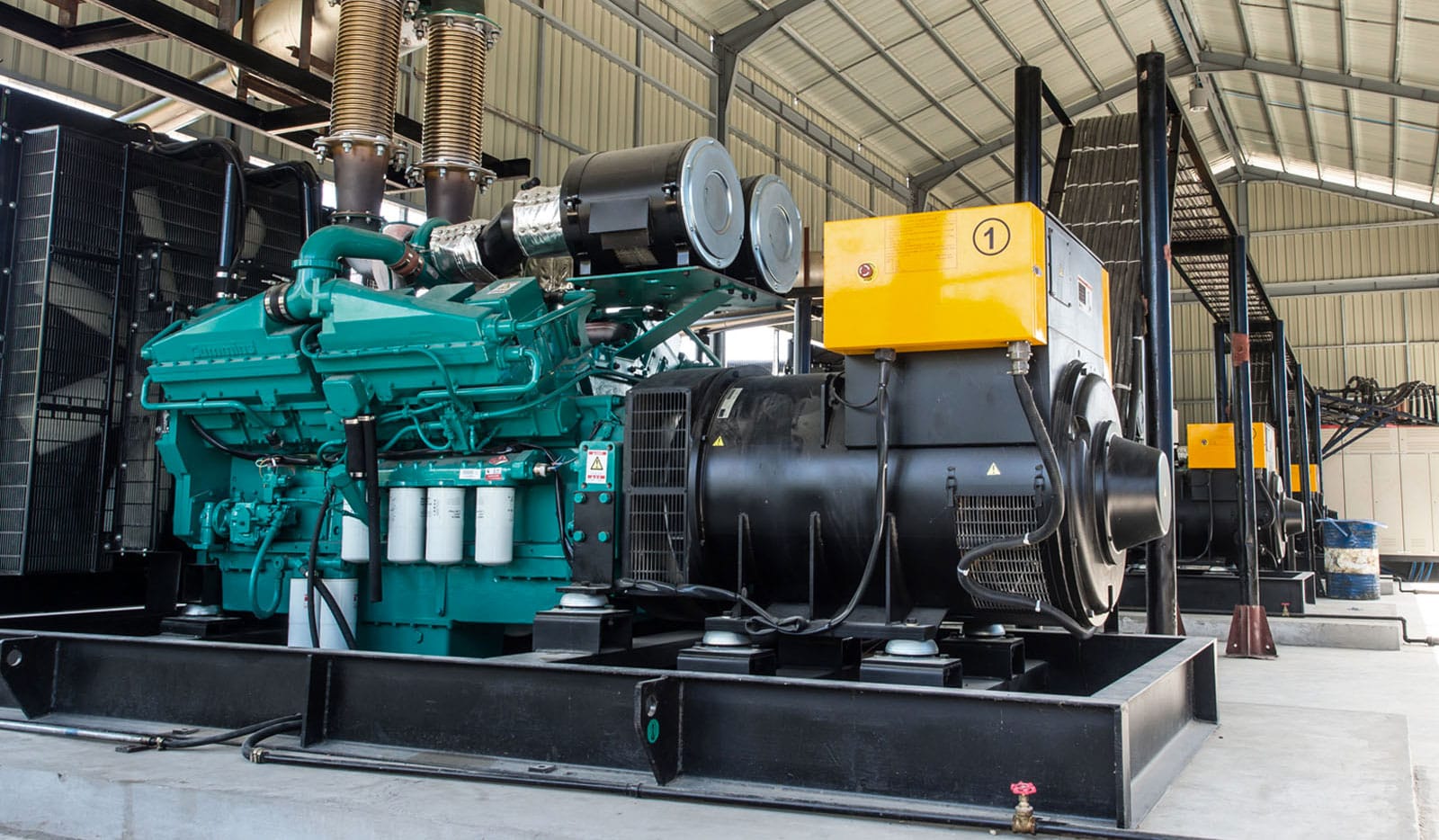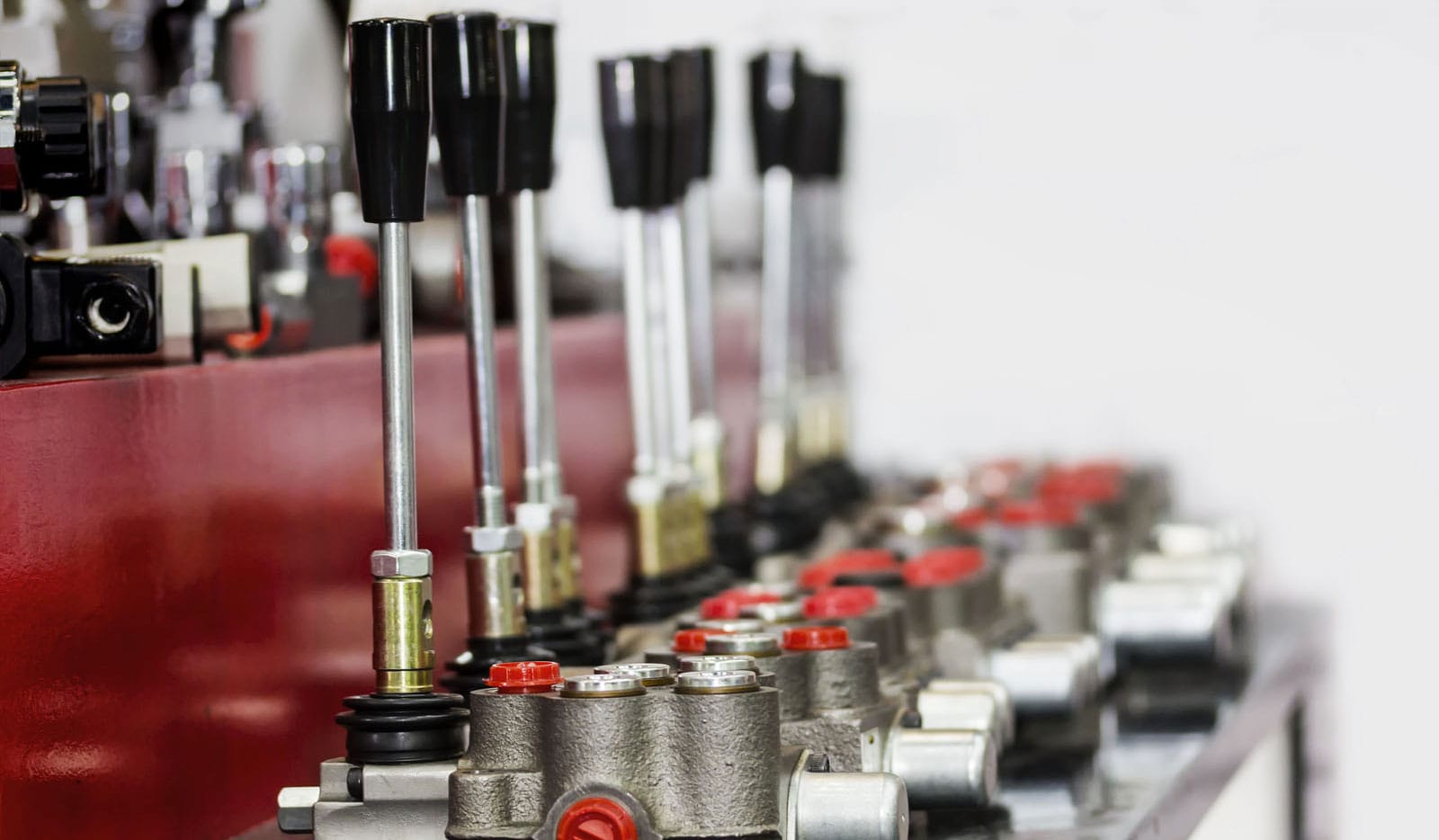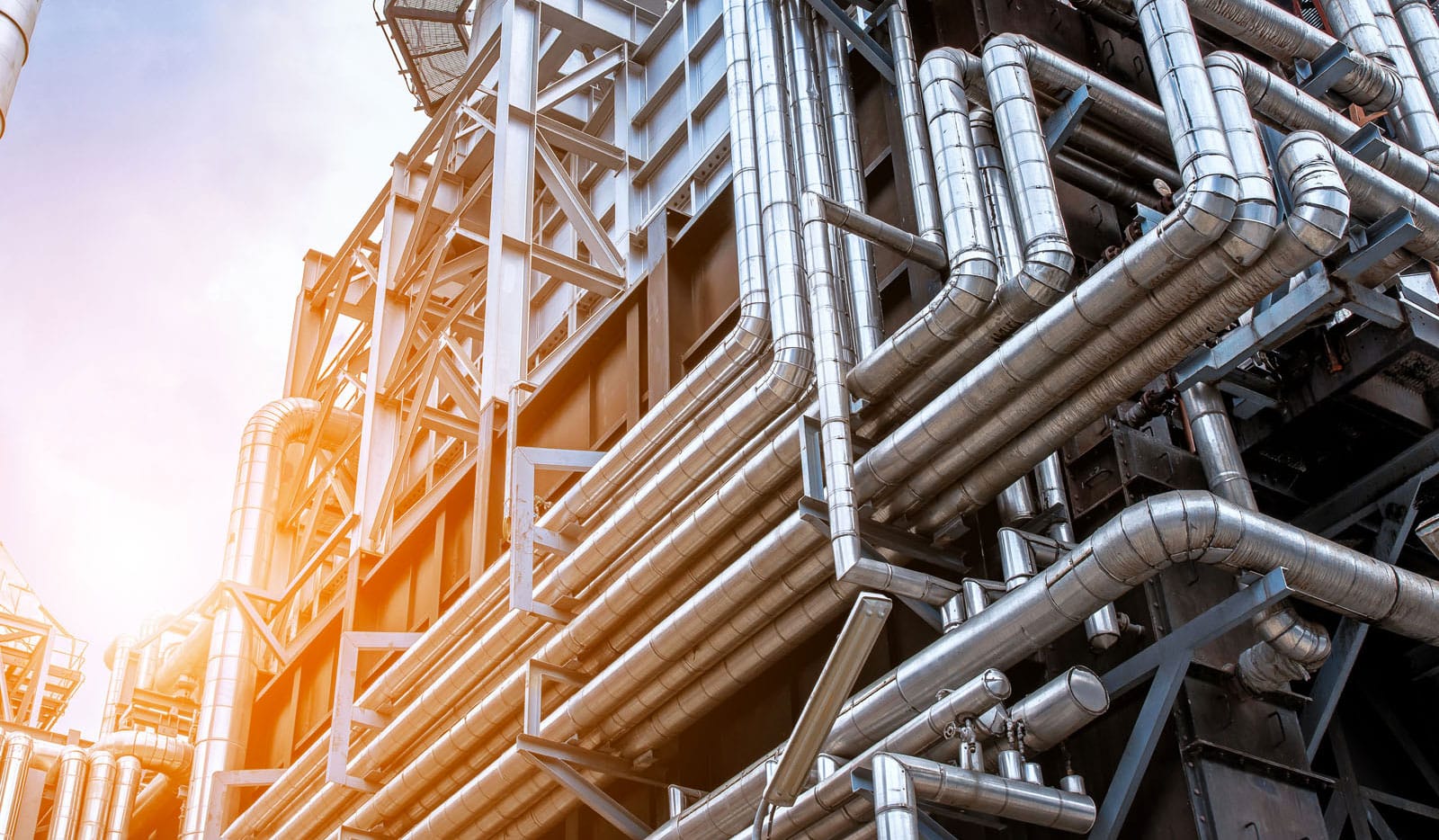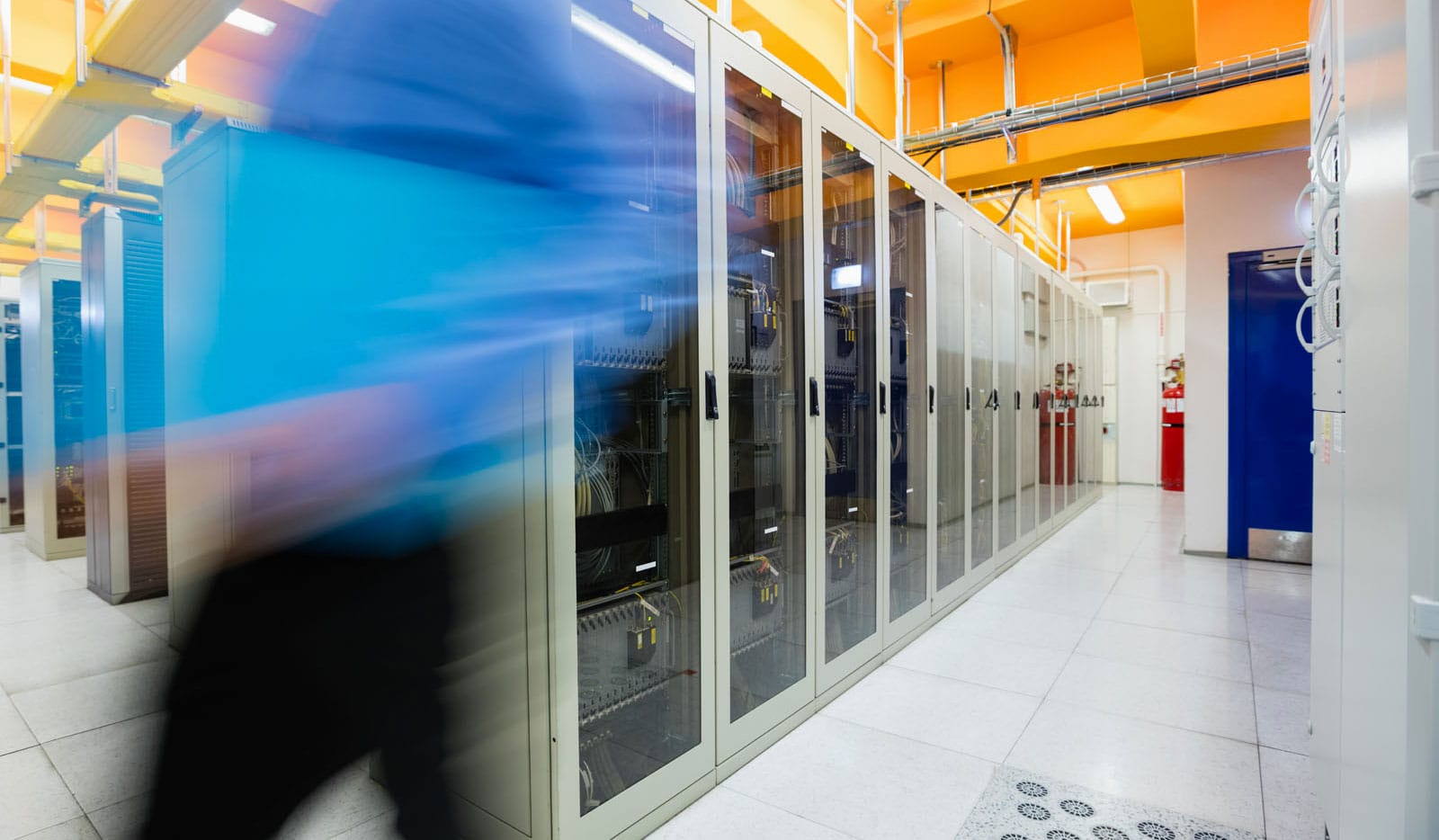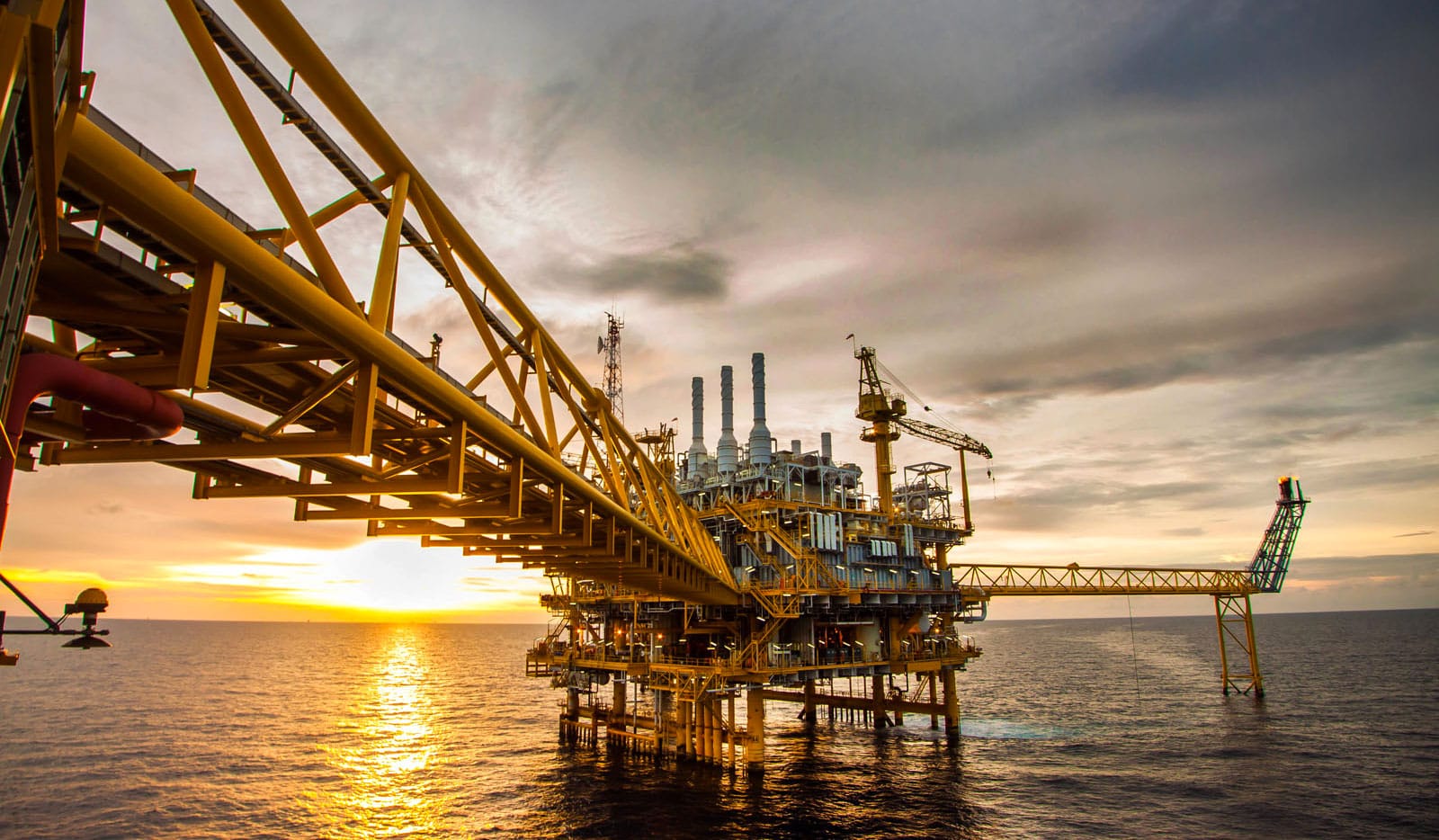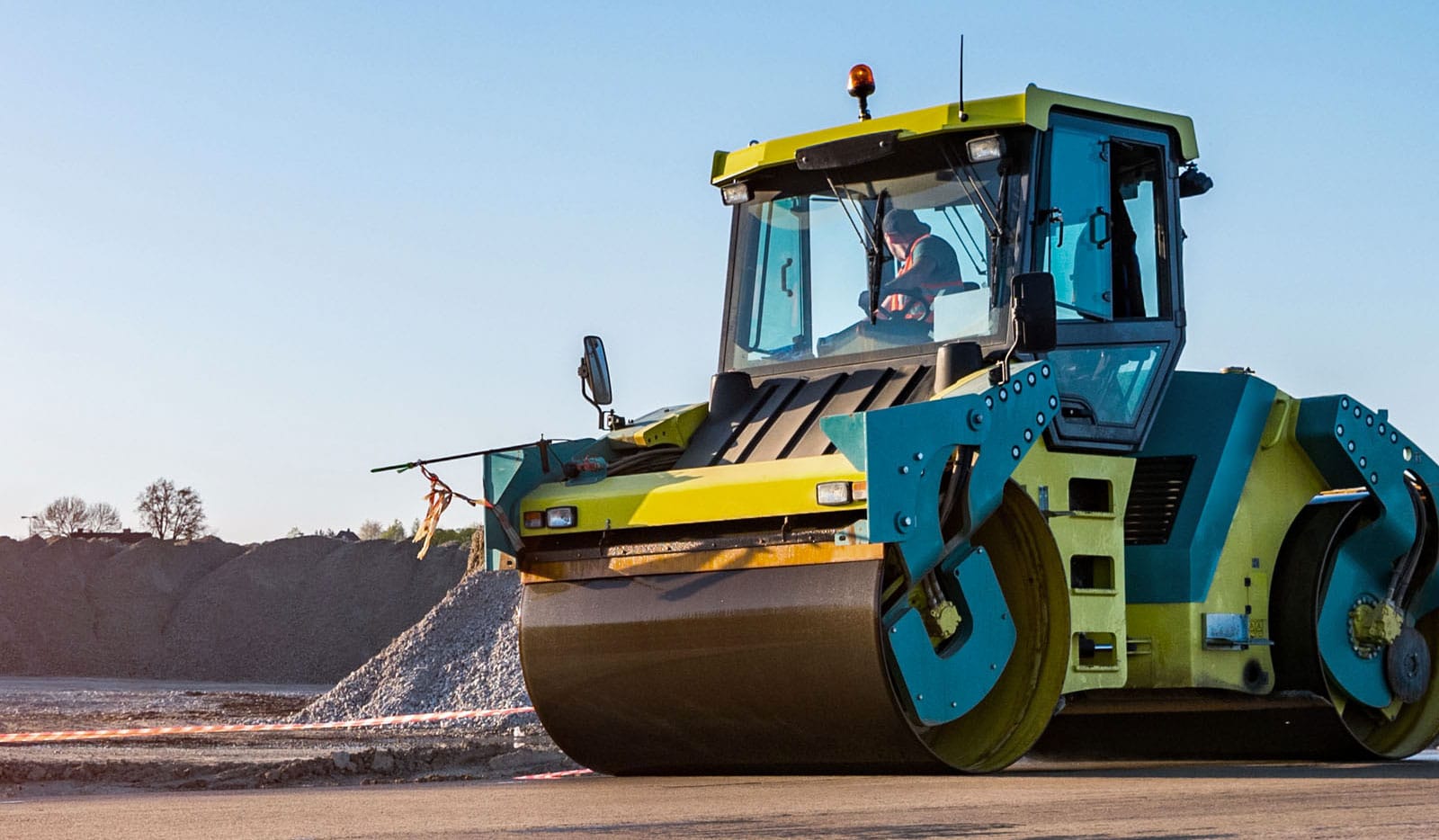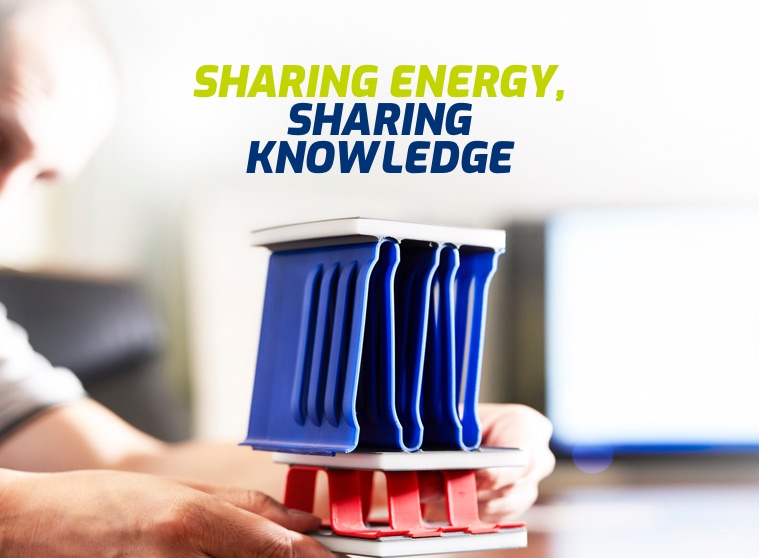Brazing is the distinctive process in cross-flow, aluminium heat exchangers with plates and bars technology, produced by Oesse
In this video Susy Piccolo, Sales Assistant, shows us how it works through a “culinary” example.
How the brazing process works
It is a metal-joining process in which two or more materials are joined when the filler metal passes into the liquid state and wets the surfaces to be assembled; and we can represent it in a simplified way through a toast.
The material with a lower melting point, in this case the melted cheese, penetrates the inner sides of the bread, which are porous and then, cooling down, joins the two slices, that instead do not melt.
The addition of any ingredient would compromise the merging of the two slices.
This simple example helps us to understand why, considering fins as bread and plates as cheese, it is very important to wash all the components carefully, removing any kind of impurities before the brazing process.
During the operation, the molten filler metal flows into both surfaces of the plate through rolling or spraying.
The clad is composed of an aluminium alloy containing a higher percentage of magnesium and silicon. The silicon provides a lower melting point than other aluminium components.
When the clad melts it wets the surrounding surfaces by capillary action and compression.
Types of brazing
There are different types of brazing.
In the Controlled Atmosphere Brazing process – CAB the joined parts are wetted by a water solution with aluminium particulates.
During heating the water evaporates and the aluminium particles melt on the other surfaces.
This process, known as Nocolok®, is fast and continuous and suitable to produce large quantities of radiators for light applications such as the automotive sector.
This technology, however, is not suitable for fluids that are affected by the presence of impurities.
In Oesse we use a Vacuum Aluminium Brazing – VAB which allows us to remove impurities and magnesium released during the melting phase.
It is a batch process, ideal to produce medium quantities of heat exchangers used in heavy duty applications.
The goal in the cooler production is to create a chamber between plates and bars and to join these components to obtain a hermetically sealed channel.
Inside the channel there are fins to optimize the exchange surface, guarantee the highest heat exchange and ensure
solidity and high mechanical resistance to internal working pressures.
By layering several channels, we obtain the core of a compact heat exchanger.
Through the brazing process we tightly join these parts in a single unit.
Contact our sales staff to request more information.
to get the latest news, updates and exclusive content!
